Spices have always played a valuable role in cooking for numerous countries and their history is long and interesting.
One of my favorite is for sure saffron: its unique aroma and powerful color light up my memories and it’s senses. Tracks of this precious spice can be found in most early history: its geographical origin seems to come from Asia Minor, and there is evidence of its use since 1550 BC in Egypt of the Pharaohs.
We find the story of its birth in Greek mythology : the myth says that a handsome young man named Krocos was in love with the nymph Smilace, favorite of the god Hermes. The jealous god, envious of his human rival success, wanted to take revenge and turned him into a bulb that testified the memory of the boy’s beauty through a colourful flower generated by it.
During the Greek and Roman time saffron was used both for dying, as a fragrance, it was considered a medicinal remedy for many ailments and also a strong aphrodisiac.
With the end of the Roman Empire the use of this flower lost its popularity but it continued to be used in the East, in the Byzantine Empire and the Arab countries and in fact It was re introduced in Europe thanks to the Arab domination of the Iberian Peninsula.
Up till the Middle age the name of the plant was Croco and it was then changed in to Za’faran by the Arabs (from the Persian word “Asfar” that means yellow).
Spain quickly understood that saffron would have been a source of wealth and tried to gain control of the growing monopoly. This led to the adoption of very strict laws to those who tried to export the bulbs out of the country: such actions led to prison and even death.
Since the Middle Ages specific legislation regulated the spice trade so that the Maritime Republics (which are sort of city states, thalassocratic organizations that between 10th and 13th century became very powerful by building their own independent fleets, both for their own protection and to support their extensive trade network: the most important ones were Amalfi, Genoa, Pisa and Venezia) had founded the Banks of Saffron, a sort of shopping exchanges where they were contracted consignments to the great courts of Florence, Venice, Milan and Genoa.
To own saffron was like possessing gold.
Saffron came back to Italy through Spain thanks to a Dominican father Domenico Santucci who had long served the Church in Spain in the Inquisition. (The Dominican order was the one that used to take care of trials and torture at the time of the Inquisition. Do you remember the French Dominican Father Bernard Gui dressed in white, sent to investigate the Benedictine abbey of the movie “The name of the rose”? That’s the way he must have looked like!).
Born in the province of l’Aquila in Abruzzo, the Dominican father, coming back to his hometown, smuggled some saffron bulbs and started a successful cultivation in one of his lands. Soon the saffron harvesting becomes a local business to the point that it served major cities in Europe such as Frankfurt, Marseille, Vienna and Augsburg.
In XVI century saffron was representing the luck and the glory of the city of l’Aquila; at that time, the spice price reached fourteen ducats the pound, which means that each dried pistil was more expensive than silver and that the lands that produced it were considered real mines.
From there the cultivation of saffron in Italy spread out in other regions like Tuscany, Umbria and Sardinia. And only in 1800 started to be abandoned again because of the extreme cost implications of its harvesting.
Never the less, after centuries the usage of this spice remained intact has not undergone any change: we still approach this plant the same way the ancient Egyptians, Greeks and Romans did.
Krocos still wins its battle of pleasure and beauty in a globalised world.
Betti
Have a look to our video shot in Lavina (IM) with Rocco Castellani and Stefano Ceriati, two young entrepreneurs that excepted the challenge to cultivate saffron close to the Ligurian Alps.
The town of Lavina in Google Maps:
[socialWarfare]

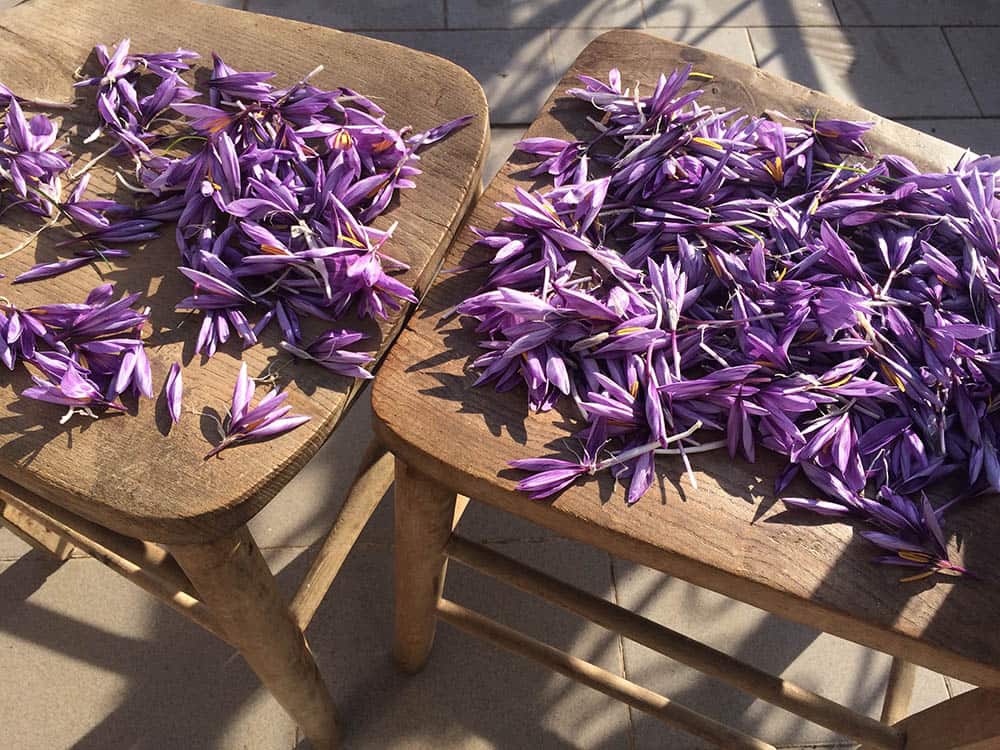
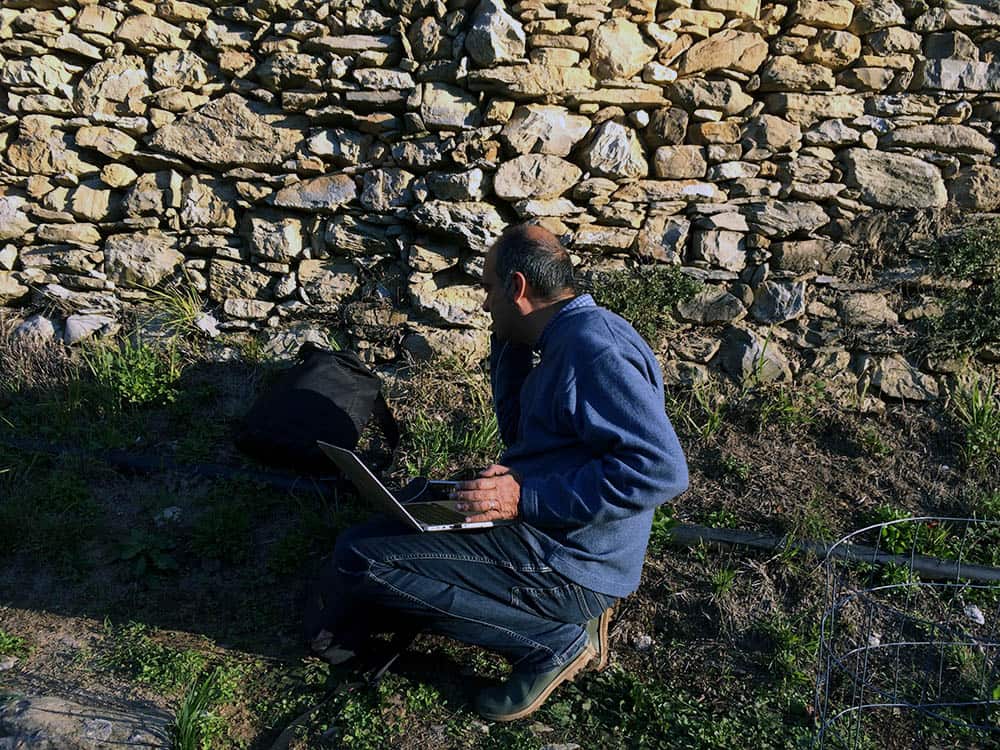
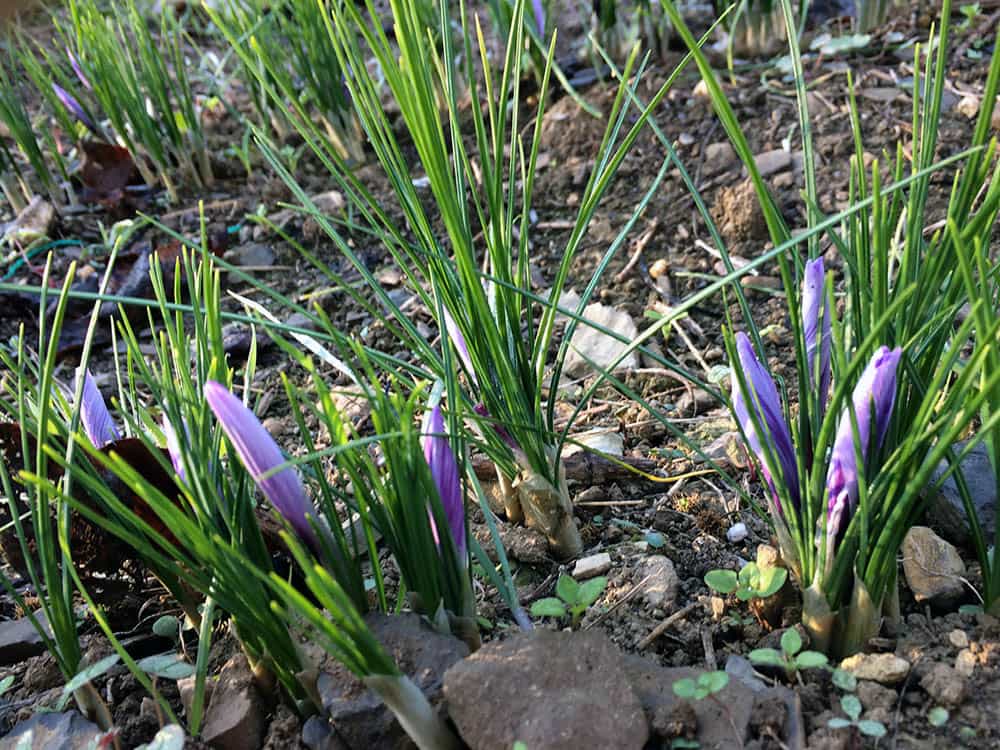
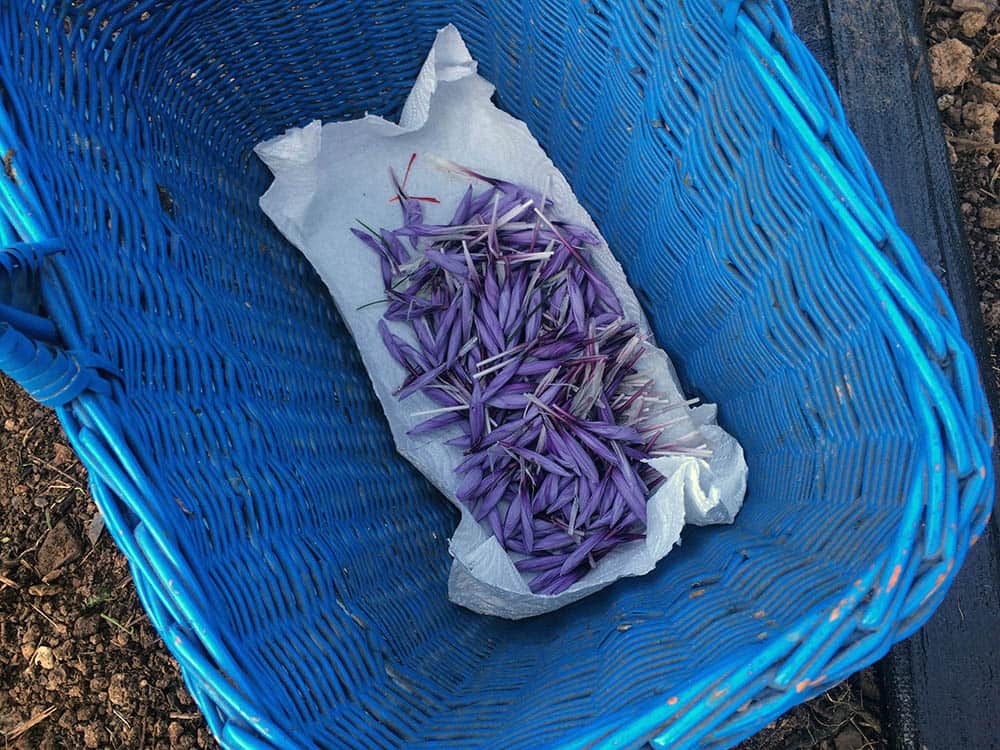
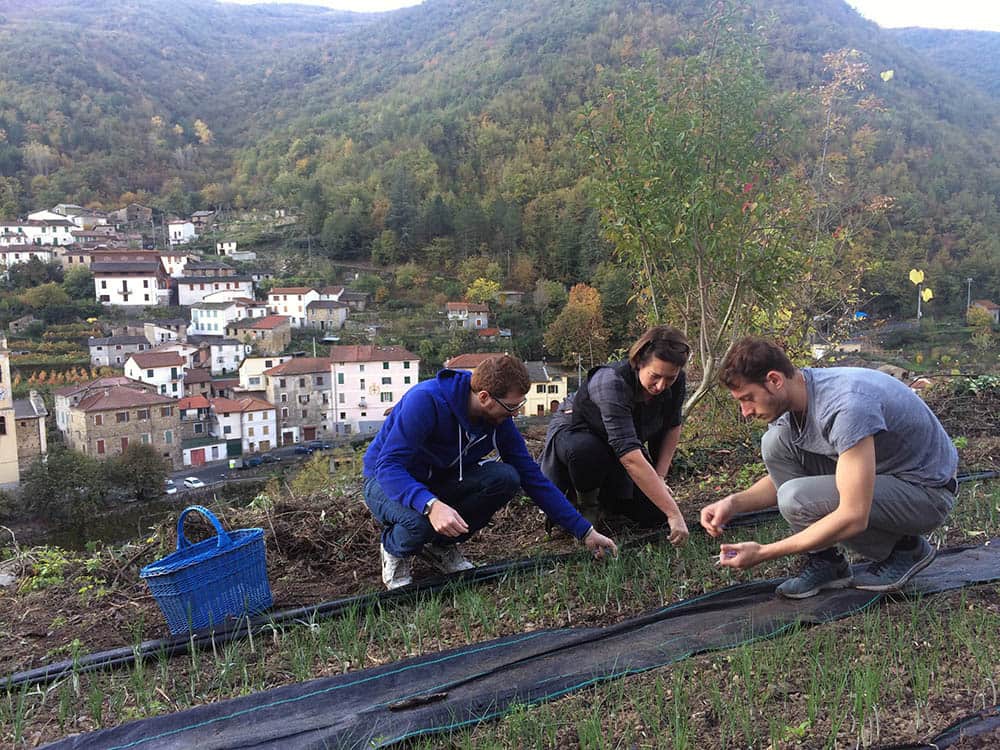
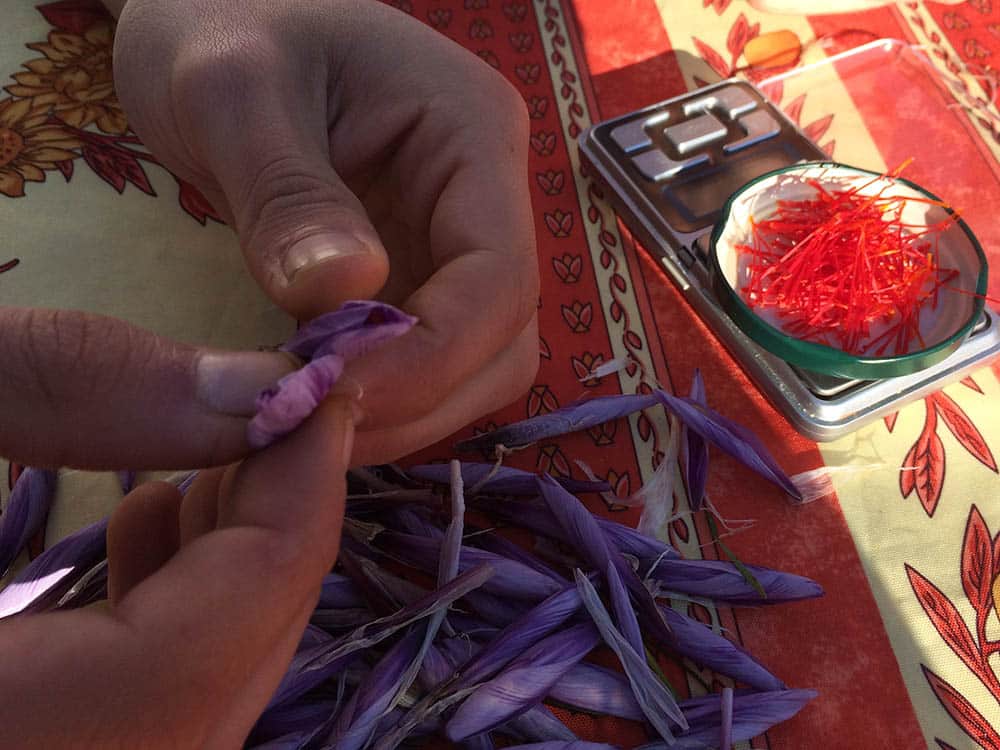
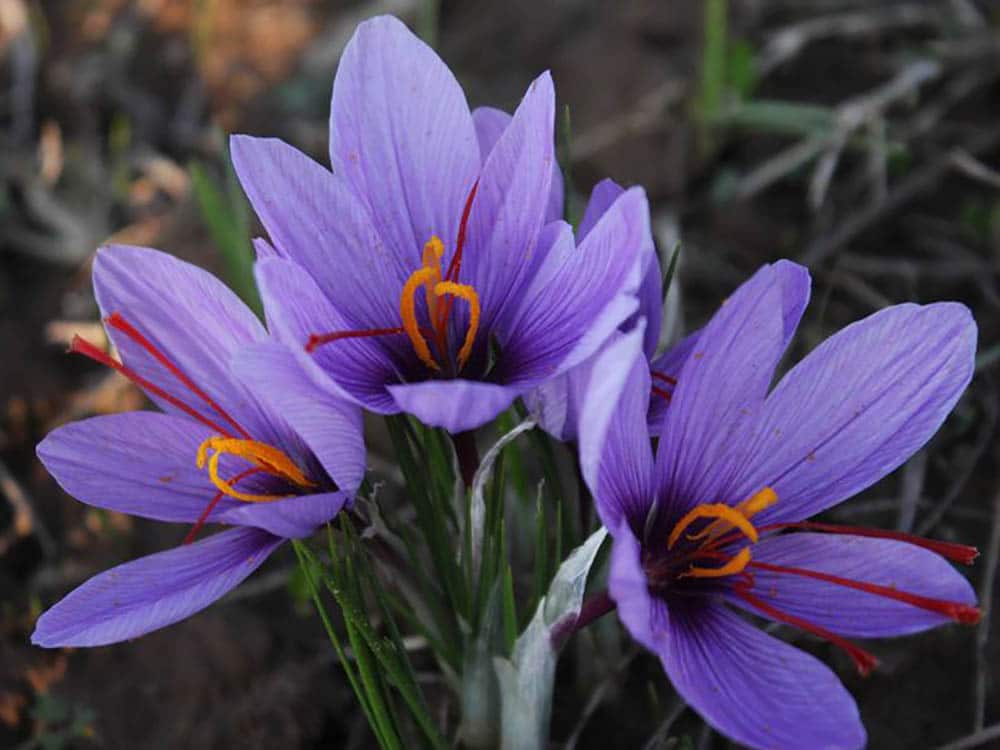
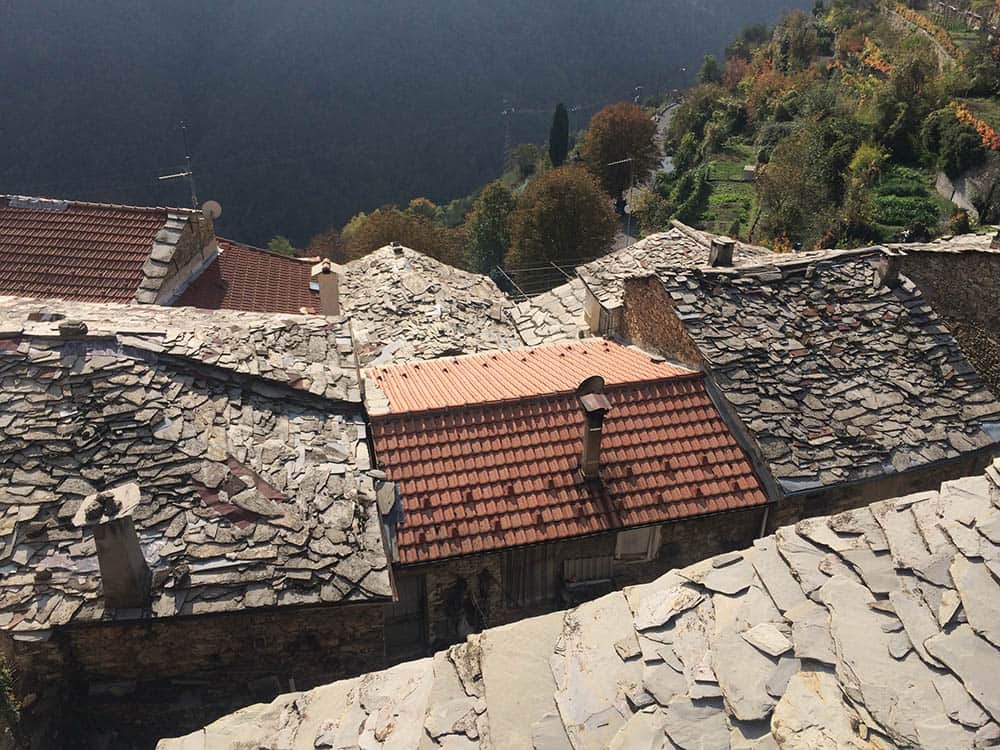
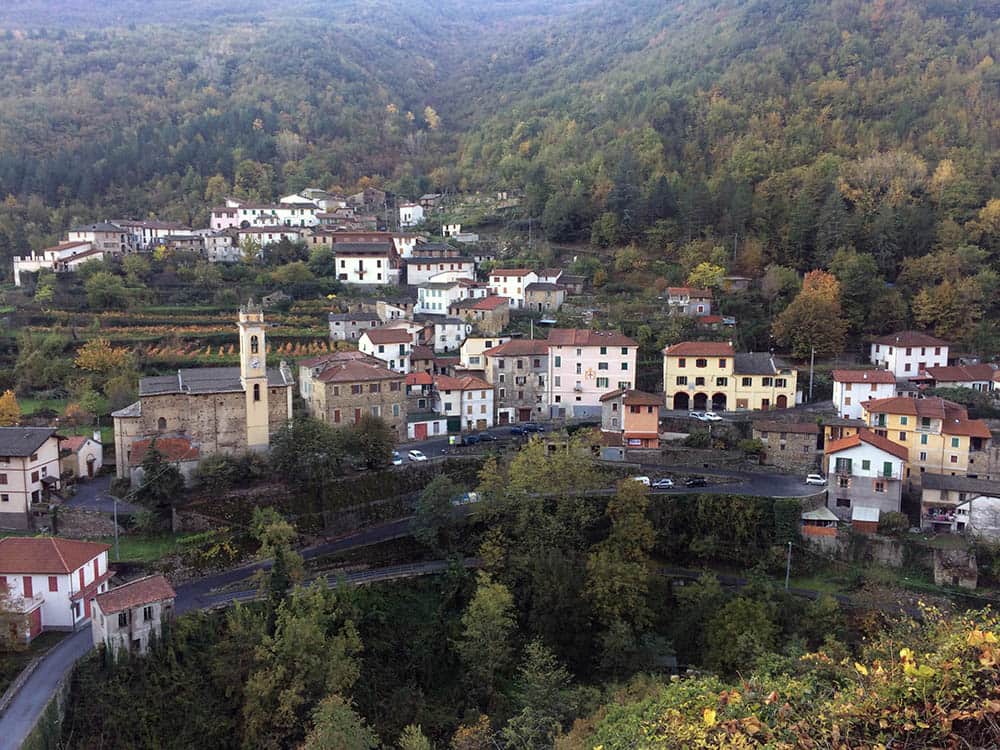
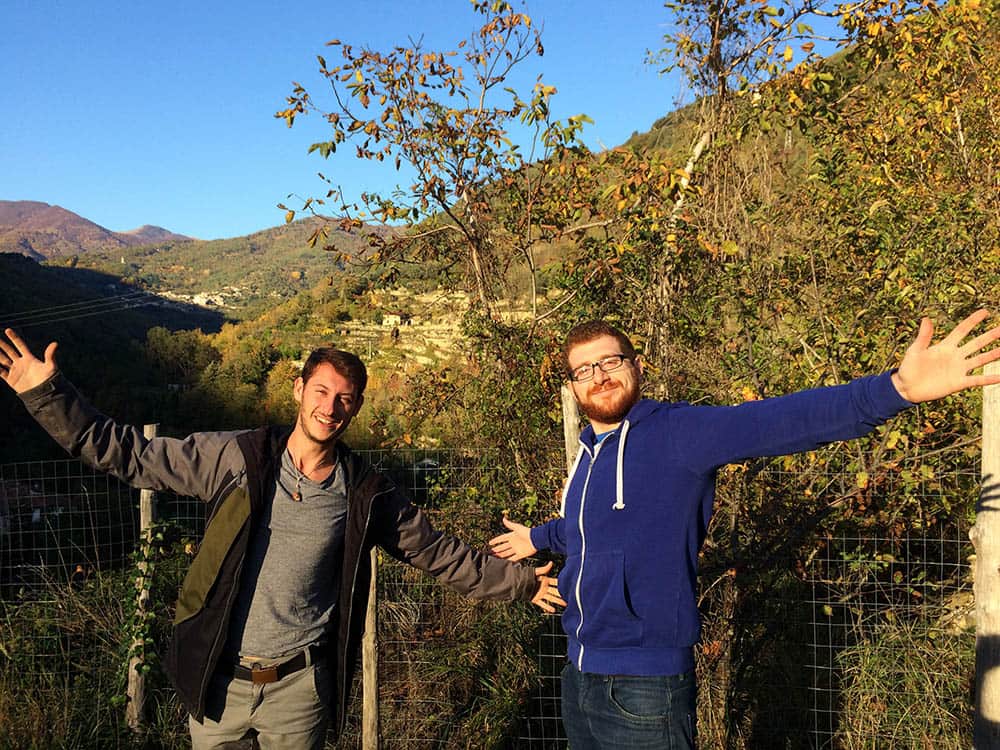
2 Comments
Kim | a little lunch
November 19, 2018Betti and Nazim, this was another fascinating glimpse into the history behind one of my favorite topics: food! Thanks so much for interviewing Rocco and Stefano. Their dedication and care in producing saffron was inspiring. I also enjoyed your post, commentary, and scenic shots. Always a pleasure!
casachiesi
July 28, 2019Love these kids! They need all the support possible! Thanks for your support and site visits!